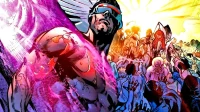The X-Men franchise has intricately woven themes of death and resurrection throughout its narrative. With the conclusion of the Krakoa Era, fans witnessed the introduction of resurrection pools that provided a means for mutants to return after death. Although these pools have since become a relic of the past, their impact on the franchise was profound, pushing the boundaries of storytelling and character arcs to new levels.
While the notion of resurrection existed prior to Krakoa, it reached new heights during this era. The X-Men have experienced numerous shocking deaths, often at the hands of both prominent and less renowned villains. The Krakoa Era emphasized that every death could lead to rebirth, reinforcing the idea that some revivals were not only significant but fundamentally shaped the course of the X-Men’s journey.
10 Moira MacTaggert
House of X / Powers of X by Jonathan Hickman, Pepe Larraz, and R. B. Silva

Moira MacTaggert is pivotal to understanding the origins of the Krakoa era. Traditionally seen as an ally and confidante to Professor X, her death seemingly ended their connection. However, the revelations in House of X and Powers of X reveal a powerful twist: Moira is actually a mutant capable of resurrection, having lived multiple lives. With each new incarnation, she retained the knowledge of her past experiences, setting the stage for her involvement in establishing Krakoa and its resurrection protocols, thus making her a cornerstone of X-Men history.
9 Jean Grey
First Resurrection (of Many): The X-Men #101 by Chris Claremont, Dave Cockrum, Frank Chiaramonte, Bonnie Wilford, and John Costanza
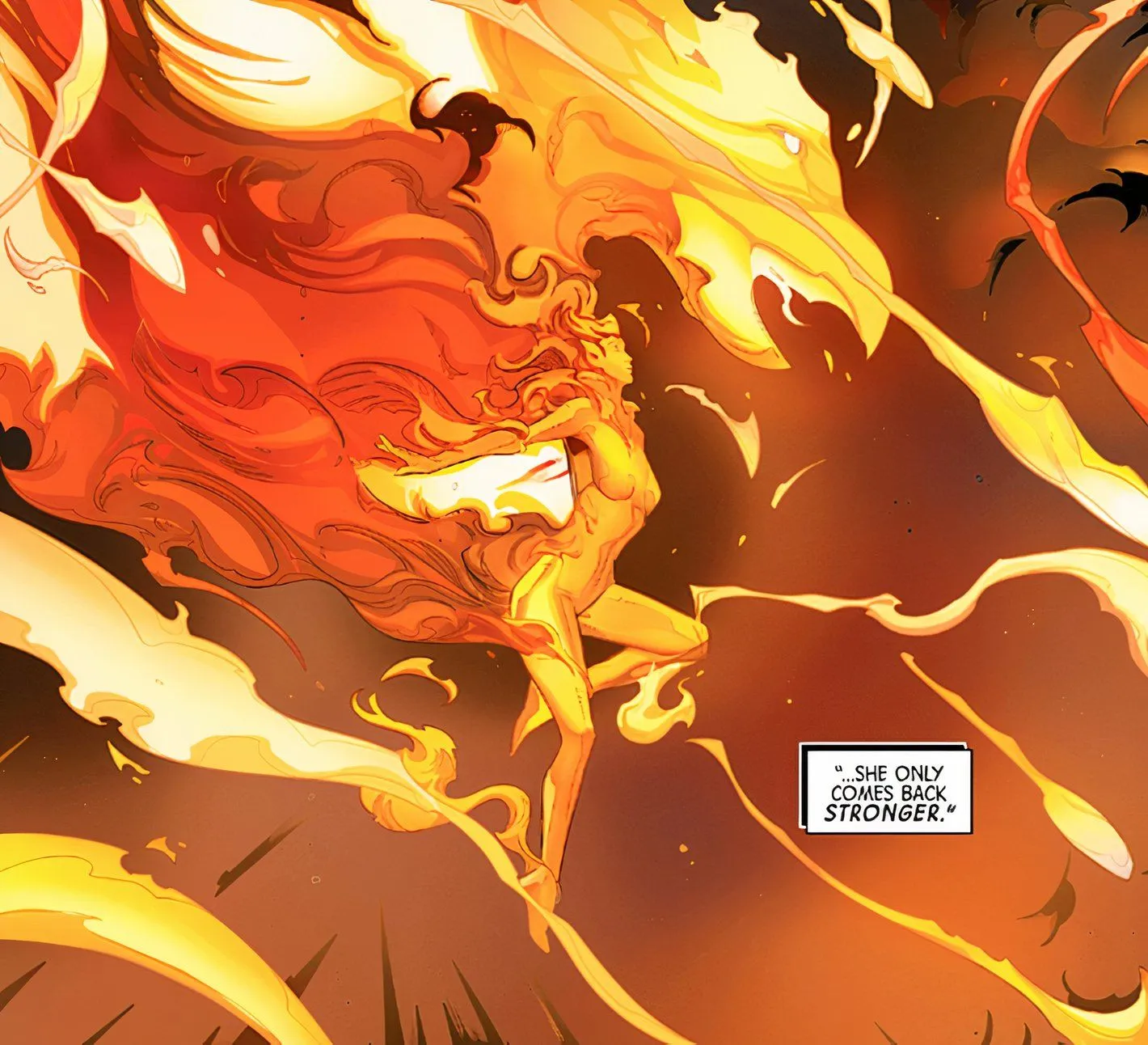
Jean Grey’s saga is a cornerstone in Marvel’s vast universe, marked by her numerous deaths and resurrections. Her initial death and subsequent transformation into the Phoenix could be seen as one of the defining moments in comic book history, reshaping not only her character trajectory but also expanding Marvel’s cosmic narrative. The resurrection opened doors to concepts like the White Hot Room, influencing future story arcs and crossovers, including the notable Avengers vs. X-Men event.
8 The Entire X-Men Team
House of X #1 by Jonathan Hickman, Pepe Larraz, Marte Gracia, and Clayton Cowles

The launch of the Krakoa era in House of X #1 introduced readers to the resurrection pools, a pivotal concept for revitalizing the X-Men. This visually striking moment captured Charles Xavier overseeing the revival of his team members, a powerful image that evokes both hope and foreboding. Critics may claim that the foundations of Krakoa were always precarious—foreshadowed by imagery that almost mirrored horror—suggesting an undercurrent of unease that would eventually arise within the overarching narrative.
7 Colossus
Astonishing X-Men #4 by Joss Whedon, John Cassaday, Laura Martin, and Chris Eliopoulos

In one poignant moment of sacrifice, Colossus willingly injected himself with a cure for the deadly Legacy Virus, believing that his death would benefit mutantkind. His demise, while tragic, was later undone in Astonishing X-Men #4, where it is revealed that he was revived after being kidnapped by an alien. Colossus’ journey symbolizes one of the most compelling deaths and resurrections in X-Men lore, showcasing themes of sacrifice and redemption.
6 Charles Xavier (Professor X)
Avengers vs. X-Men #11 by Brian Michael Bendis, Olivier Coipel, Mark Morales, Laura Martin, and Chris Eliopoulos
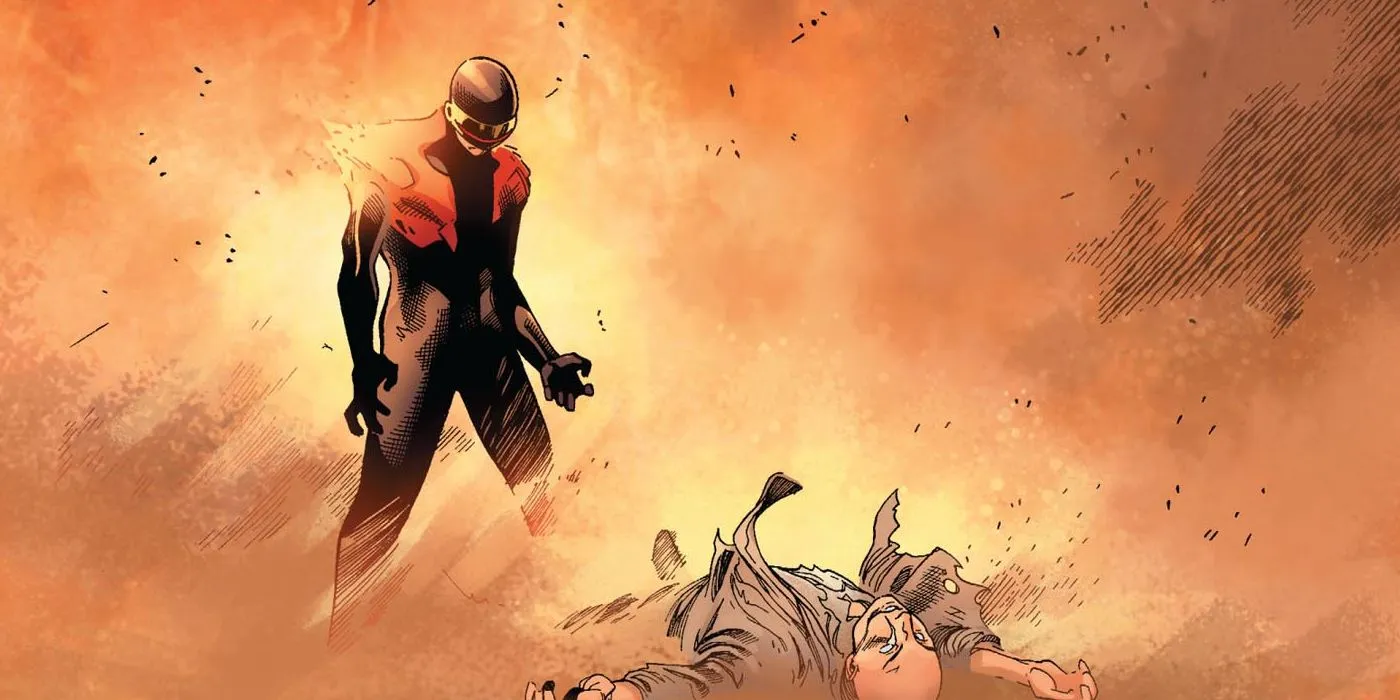
The relationship between Cyclops and Professor Xavier underwent a significant and tumultuous evolution, culminating in the shocking moment when Cyclops, now hosting the Phoenix Force, killed his mentor. This act was a turning point that not only repurposed their dynamic but resulted in ongoing tension and unresolved issues upon Xavier’s return. Their fractured relationship echoes throughout the X-Men narrative, illustrating the complex ramifications of trust and power within the team.
5 Nightcrawler
Amazing X-Men #5 by Jason Aaron, Ed McGuinness, Dexter Vines, Marte Gracia, Joe Caramagna
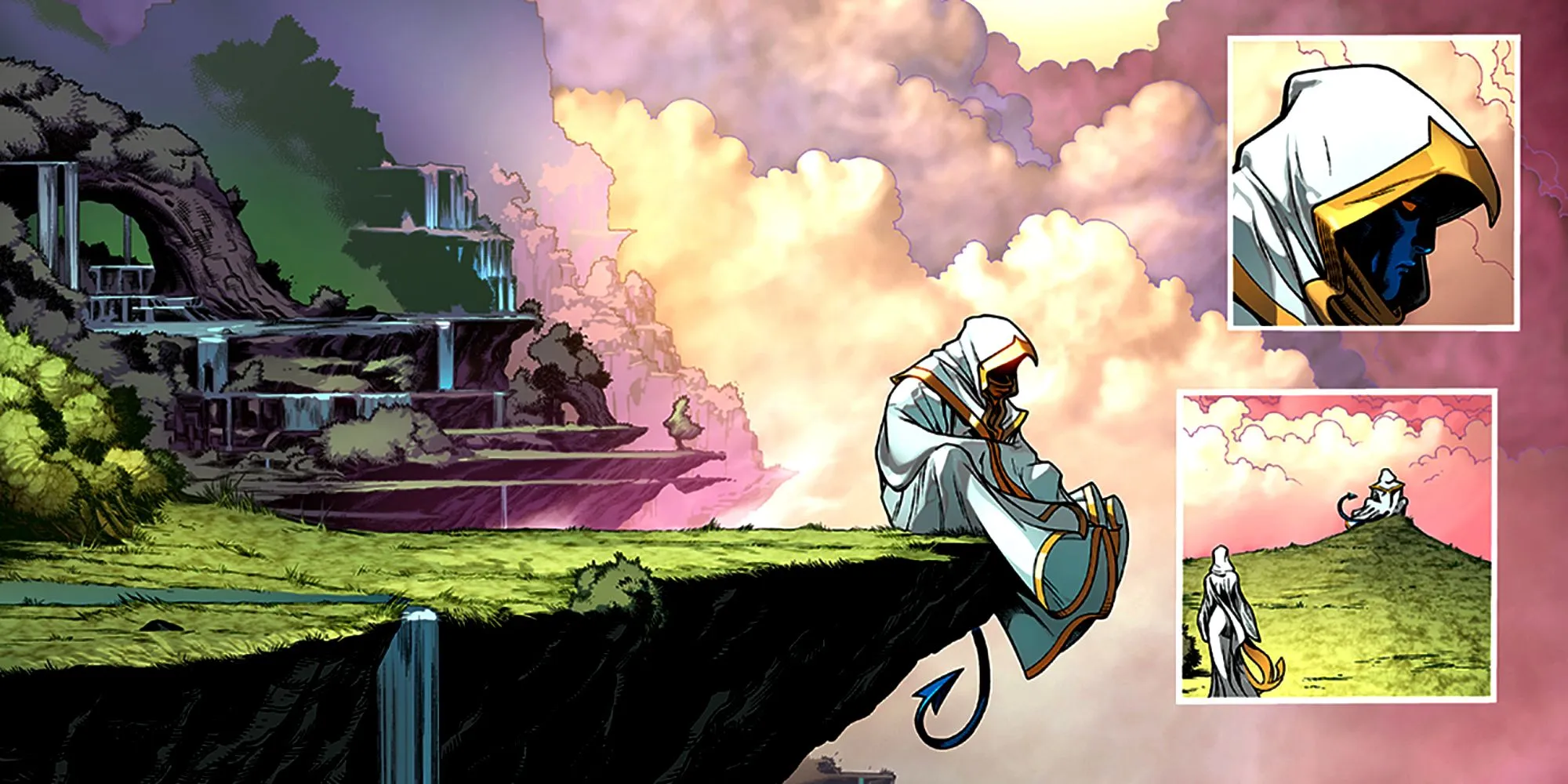
Nightcrawler’s demise during “The Battle of the Atom”marked one of the franchise’s most emotional moments, but his subsequent resurrection stood out as an ambitious narrative arc. After his death, he found himself in a paradisiacal setting, yearning for his friends and the thrill of adventure. His father’s treachery and the ensuing battle to reclaim his return showcased a profound message about sacrifice and the yearning for connection, demonstrating the layered storytelling within the X-Men universe.
4 Lilandra
X-Force #9 by Geoffrey Thorne, Marcus To, Erick Arciniega, and Joe Caramagna
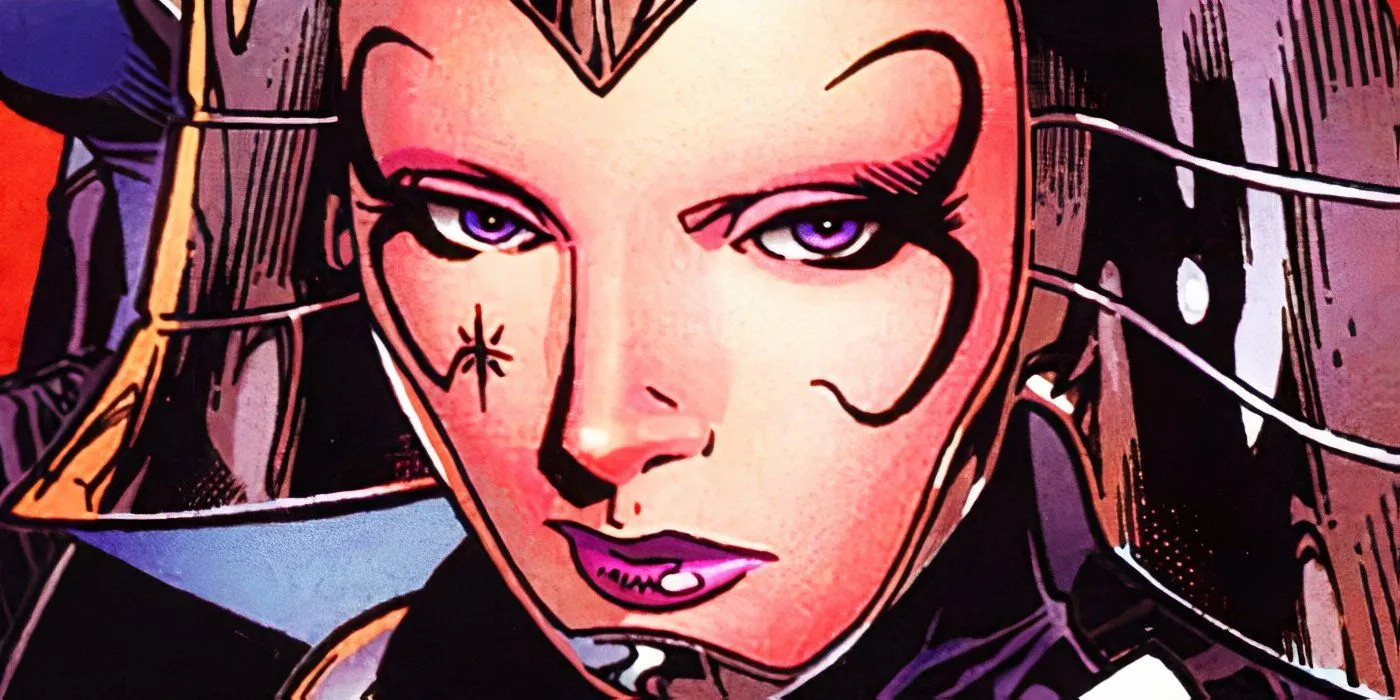
The return of Lilandra represents the most recent twist in the X-Men narrative, having been originally introduced as Charles Xavier’s alien wife. Following her demise in the 2009 “War of Kings”storyline, her resurrection in 2025 came as a surprise. Her reappearance provides a much-needed turning point for Xavier amid the destruction of his relationships with the X-Men, offering him a new path to redemption and purpose beyond Earth.
3 Thunderbird Returns After Decades
X-Men: The Trial of Magneto #5 by Leah Williams, Lucas Werneck, Edgar Delgado, and Clayton Cowles

Thunderbird was the first notable member of the X-Men to die, a tragic event that resonated for nearly fifty years. His remarkable return through the Krakoa resurrection pools not only revitalized his character but allowed for rich storytelling opportunities reflecting on his past. This revival underscores the importance of growth and introspection in the aftermath of death, emphasizing that every resurrection can prompt significant character development.
2 Cable
“Kid Cable”Debuts in Extermination #1 by Ed Brisson, Pepe Larraz, Marte Gracia, and Joe Sabino
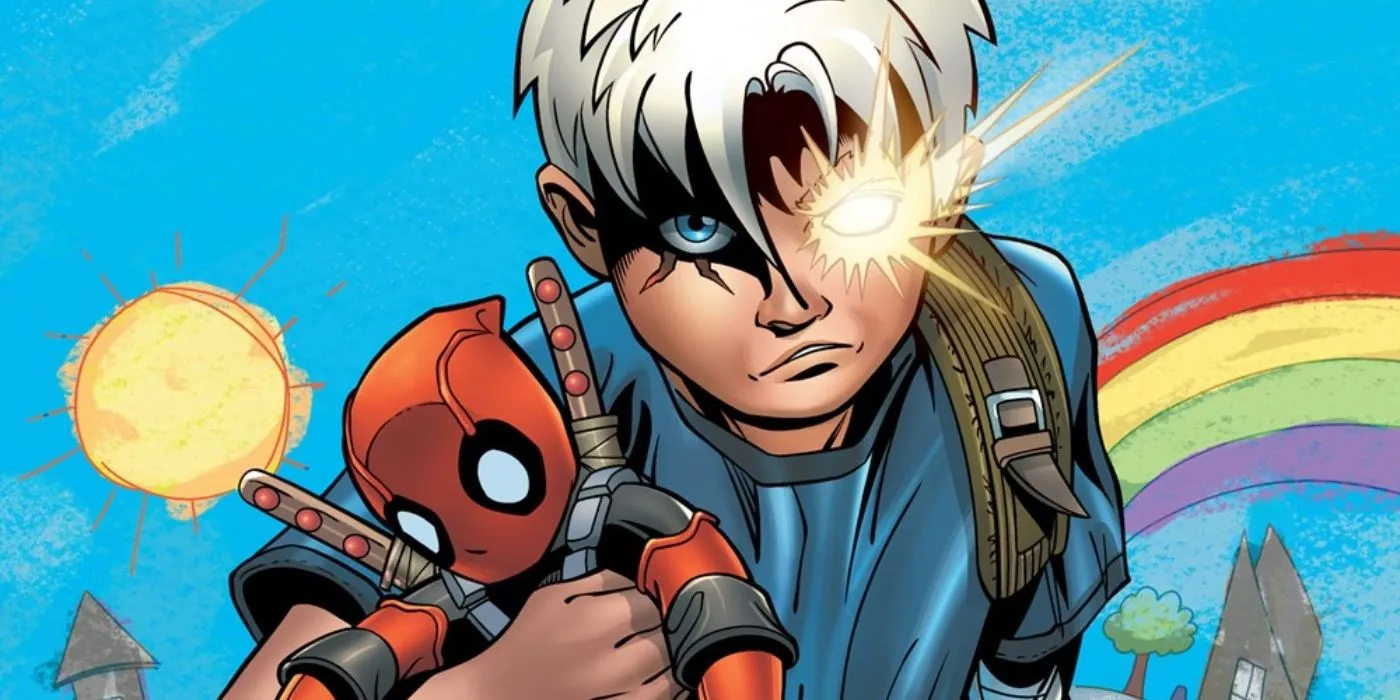
Cable’s demise, orchestrated by his own younger self, introduced readers to “Kid Cable”as a fresh and compelling twist in the storyline. This narrative not only reignited interest in Cable’s character but set the stage for complex interactions between his past and present selves. Ultimately, the introduction of Kid Cable invigorated the X-Men franchise, creating new opportunities for storytelling that resonates with both nostalgia and innovation.
1 Beast
Beast’s Clone Debuts in X-Force #48 by Benjamin Percy, Robert Gill, Guru-eFX, and Joe Caramagna
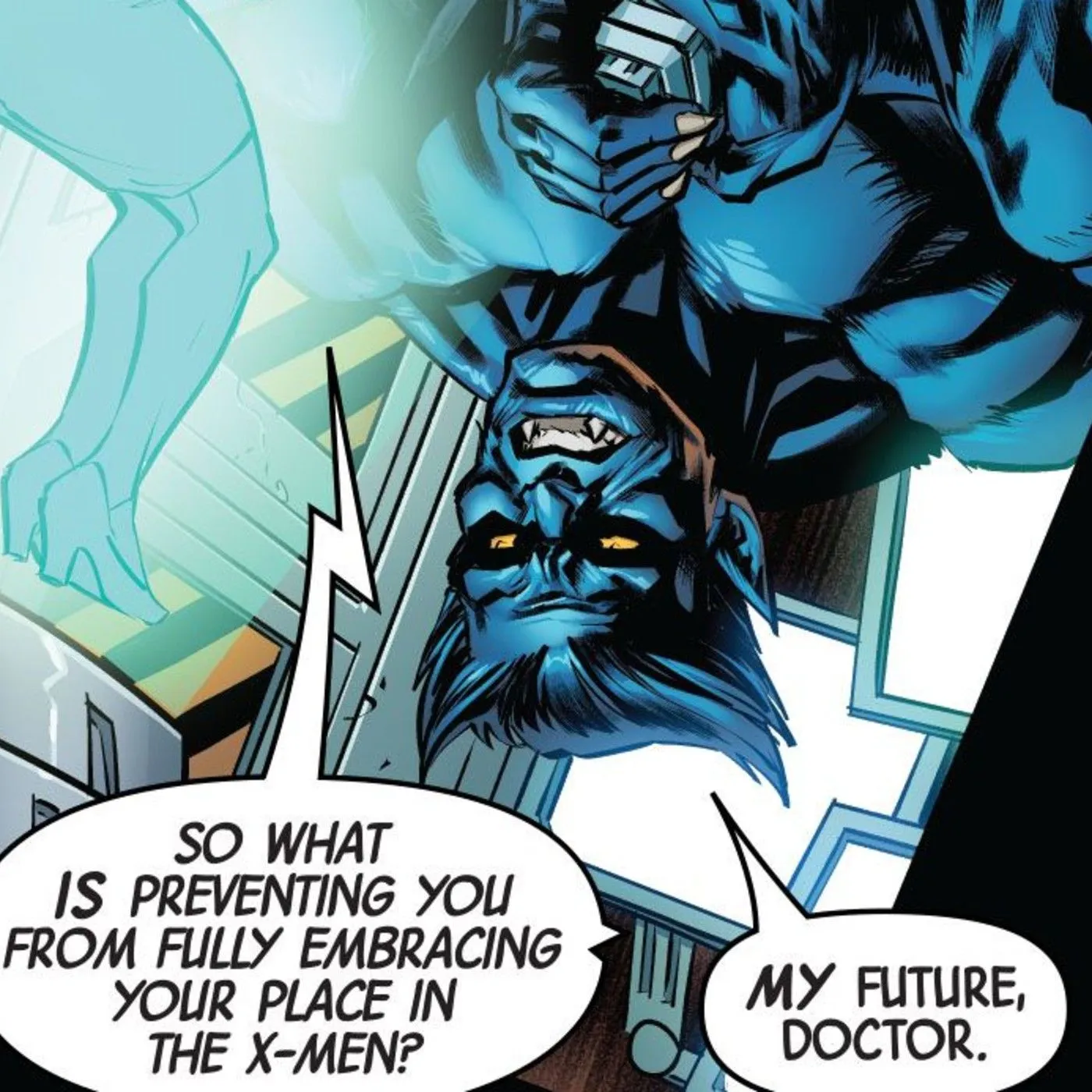
Once a beloved original member of the X-Men, Beast’s character arc has taken a dark turn. Now emerging as a cold antagonistic figure, he has embraced villainy as ‘Beast Prime,’ deploying clones to fulfill his more nefarious schemes. This dramatic transformation led to the fascinating introduction of one of his clones to take his place—an intriguing narrative device that allows for exploration of legacy and morality within the X-Men universe, as fans grapple with the question of whether redemption is attainable for the original Hank McCoy or if the new incarnation can provide a fresh start.

